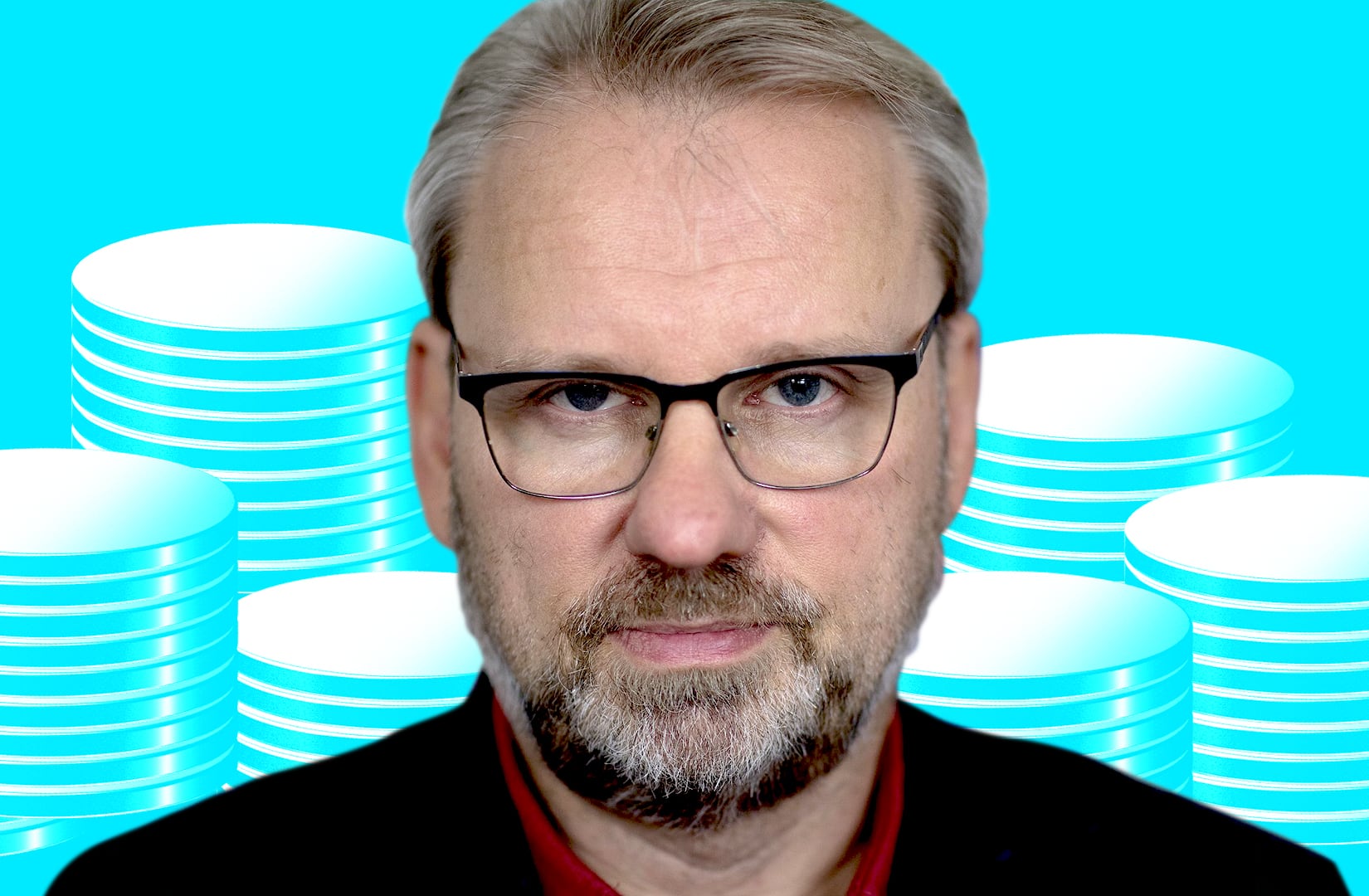A digital euro will be a poor and crippled substitute to stablecoins
0
0

Wolfgang Münchau is a columnist for DL News. He is co-founder and director of Eurointelligence, and writes a column on European affairs for UnHerd. Opinions are his own.
In the early 1990s, when Europe was populated by digital dinosaurs, a member in the German parliament’s postal committee, stood up and spoke against the adoption of email as means for humans to communicate with one another.
Germany, he said, had a well-functioning telegraph system. Email was not needed, he concluded sharply.
I was reminded by this episode when the European Parliament wrote last month that “foreign stablecoins are unlikely to witness large adoption in the euro area.”
“By extension, we do not envision that monetary policy will be negatively impacted,” they continued. “The euro is a stable currency, with a broad support of the European public. European payment systems are advanced, inexpensive, and reliable.”
I wish them good luck.
An insurmountable hurdle
Meanwhile, back on an Earth where telegraphs and paper money are not in use very much, the situation is rather different.
I have some sympathy with the European Central Bank’s idea that it needs to introduce a digital euro as an antidote to US stablecoins.
Unlike the European Parliament, the ECB is concerned that foreign stablecoins could crowd out euros in just the same way that email crowded out telegraphs masts.
The ECB, however, faces an insurmountable hurdle. In theory, it could issue the money directly to us — through the wallets in our mobile phones. That would work.
Just as with cash, there would be no transaction costs for using this digital money in all financial transactions — physical and online. It would cut out the middleman — the credit cards.
But it would also cut out the banks, and herein lies the political problem.
We would no longer need banks for transactional services. The European banking system would collapse in this world.
And the European Parliament is very much the extended arm of the financial lobbies in Europe. Hence such nonsense reports as the one I quoted from above. It gave itself the pompous title of an “In Depth Report” on stablecoins.
Watered down
The EU would not be the EU if proposals did not get watered down out of recognition. This is what is happening to the ECB’s digital money too.
Forget about cutting out the middleman. By next summer, the EU will probably have agreed on legislation that will ringfence the banks from all financial damage.
Already, the ECB agreed to route the digital euro into our electronic wallets through the banking system.
The European Parliament will almost surely impose a transaction limit well below the already existing transaction limit of €10,000 as part of the EU’s anti-money laundering legislation that will apply from 2027.
Currently under discussion is a transaction limit of €3,000. According to the Bruegel think tank, another idea is a monthly limit of 1,000 transactions, possibly with a maximum value of €50 each.
It looks to me that the entire purpose of the exercise is to create digital money that nobody would ever want to use.
Crippled money
Many details are yet to be decided before the digital euro’s eventual introduction in 2029.
But the discussions are already telling us one thing: this is going to be a crippled money from the outset. Nobody who would be using stablecoins in their transactions would want to switch to a crippled digital currency.
The common view amongst macroeconomists is that cryptocurrencies are used exclusively for money laundering and have no other uses, because this is what macroeconomic text would tell you.
Money is a public good. Full stop. It is issued by central banks. It used to be gold, or gold-linked. Now it is fiat. End of story. Private money is not money.
What accentuates this view in Europe is generalised digital illiteracy combined with a lack of entrepreneurial energy. Switzerland is an exception here.
But the EU and especially the euro-area is the territory of digital Luddites, who at one point in their lives formed a view about the cryptocurrencies, and about stablecoins, and never looked back.
Financial dominance
It is not hard to see how this battle will end.
The US administration sees stablecoins as a tool to extend the financial dominance of the US dollar beyond its natural life span.
Without it, there is no way that the US dollar would remain the global number one currency, given the trajectory of US debt, and the fragmentation of the global trading system in the age of big tariffs.
The way to extend the supremacy of the US dollar is through dominance of global payments systems.
People will naturally want to transact in currencies that are easily available and that are not constrained by some limits set by MEPs and or central bankers.
MiCA, the EU’s crypto regulation, will not stop people from using US dollar stablecoins, but it will make it harder for Europeans to set up their own private euro-based stablecoins.
So this regulation tilts the playing field even further against the Europeans.
For the last decade or so, the Europeans have put themselves on an anti-digital crusade — the General Data Protection Regulation, the Digital Markets Act, the Digital Services Act, MiCA, AI regulation — all intended to frustrate all form of digital entrepreneurialism.
Muddled thinking
The consequence is that we Europeans will be using US stablecoins, not because we like them, but they will be the only non-fee transaction currency that will actually work.
There is a lot of muddled thinking in Europe about our world right now, about trade, about our relationship with the US and China, and our position on all things digital.
We Europeans discuss the issue of the euro’s role as an international currency in old-fashioned terms.
The fundamental mistake Europeans keep on making is that they want the euro as a global currency, without the infrastructure a global currency needs: a large sovereign debt market that is not fragmented like the eurozone’s, or a deep and highly developed capital market with financial institutions like hedge funds, venture capital and private equity firms.
What they do is specialise in activities that banks don’t do. None of this would be possible in Europe without a political union.
Economic history has taught us that common currencies fail unless they are underpinned by a political union.
In the past, failure meant breakup — countries ditching the common currency and reverting to their own. But a formal breakup is not where the danger lurks.
The real danger is more similar to the old 1970s joke: what if there is a war, and nobody goes?
What if there is a euro, and everybody uses stablecoins?
0
0
 Manage all your crypto, NFT and DeFi from one place
Manage all your crypto, NFT and DeFi from one placeSecurely connect the portfolio you’re using to start.





